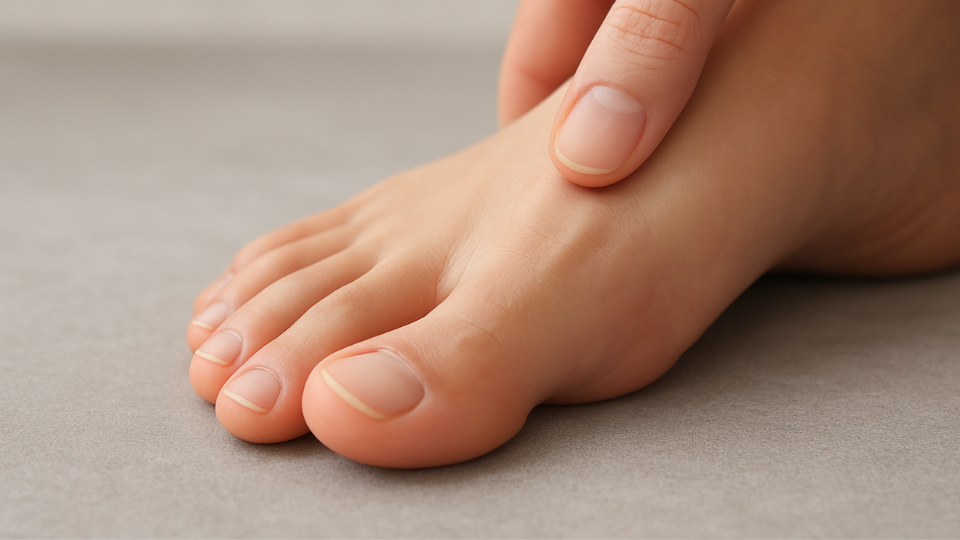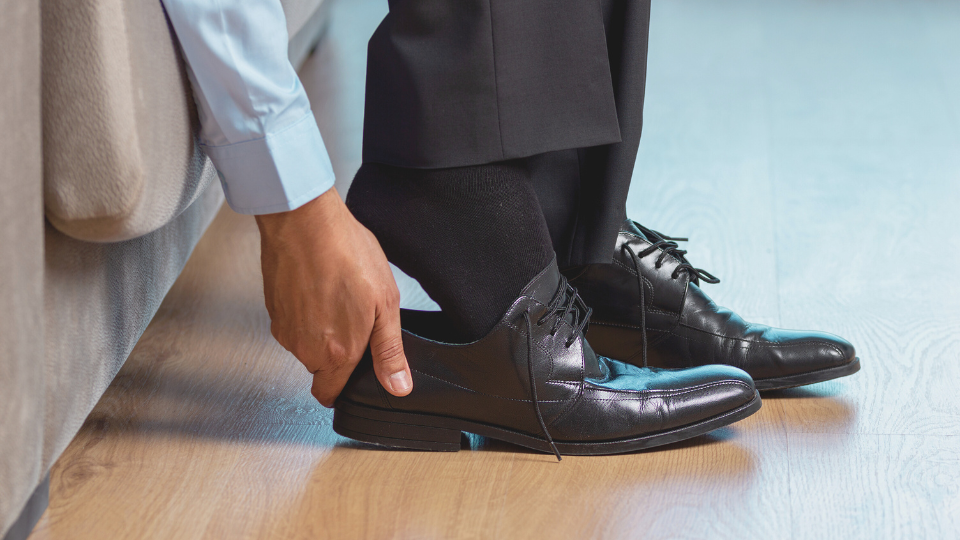Toenail Pain Without an Ingrown Nail: Causes, Treatment, and When to See a Doctor
Toenail pain but no ingrown nail? Learn common causes, safe treatments, and when to see a podiatrist at FAS The Woodlands if your toenail hurts when pressed.

There are several types of slow-healing wounds that won’t heal fully with just home care. Learn more about diabetic ulcers and other nonhealing wounds that require professional, ongoing wound care services.
Minor mishaps that result in a cut or abrasion often heal quickly on their own with a clean bandage and a topical antibiotic. However, some wounds require expert care to prevent tissue death and other serious complications.
At Foot and Ankle Specialists in Memorial City, The Woodlands, and Huntsville, Texas, we provide personalized wound care services to treat nonhealing wounds in your lower legs and feet.
Our highly skilled podiatrists use therapeutic strategies to preserve the health of your skin and minimize your risk for scarring, infection, and the need for amputation.
Ulcers are open sores that develop when the blood circulation in your lower limbs is poor and doesn’t support proper wound healing.
Circulatory problems can result from age-related changes that affect your blood vessels, a sedentary lifestyle, and obesity. Many diabetics also develop foot ulcers that start as small cuts but worsen into infected sores and damaged tissue.
Diabetic ulcers occur when unmanaged blood sugar levels damage nerves in your legs and feet, a condition known as diabetic neuropathy. A lack of healthy nerve function causes your legs and feet to go numb, so you can’t feel cuts and other injuries when they happen.
Without regular foot checks, even a tiny cut can progress into a painful ulcer that requires prompt medical attention.
There are several types of ulcers that affect the ankles and feet, including:
Neurotrophic ulcers are diabetes-related wounds that form on the bottom of your feet.
Arterial (ischemic) ulcers occur anywhere on the foot in people with poor blood circulation.
Venous ulcers are leg wounds that develop below the knees in people with vein disorders and chronic leg swelling.
Our providers offer comprehensive wound care services for these types of ulcers. We recommend that you schedule an evaluation as soon as you notice signs of an open wound on your lower limbs.
Before an ulcer forms on your ankle or foot, your skin may appear dry and begin to crack. An ulcer can also start as a callus, a thickened area of skin in areas where your shoes rub against the side or bottom of your foot.
Other signs of an ulcer that require the attention of our foot and ankle specialists include:
Foul-smelling fluids or pus may also drain from your wound, which can be a warning sign of infection.
If you delay treatment for a foot ulcer, your skin can become damaged beyond repair and turn black (gangrene). Once tissue begins to die off, you may need surgery to remove it. Surgery to amputate your toes or a portion of your foot may also be necessary if there’s excessive tissue death.
When a bandage isn’t enough to heal a painful or infected ulcer, you can rely on the expertise of our wound care specialists.
We use advanced techniques to support the full healing of open wounds, so you can avoid surgery. Our team offers prescription antibiotics and pain relievers, topical medicines, sterile dressings, and compression therapies to treat diabetic ulcers and other foot and ankle wounds.
We also offer referrals for minimally invasive treatments like vein ablation to enhance your blood circulation and reduce your risk of additional ulcers. Additionally, we provide ongoing diabetic foot care and in-home podiatry services to identify skin injuries before they progress into an ulcer.
To schedule a wound care consultation, call the Foot and Ankle Specialists office near you today, or Request an appointment anytime.

Toenail pain but no ingrown nail? Learn common causes, safe treatments, and when to see a podiatrist at FAS The Woodlands if your toenail hurts when pressed.

Learn what happens when your shoes are too small, the symptoms tight shoes can cause, and how to protect your foot health. Expert care at FAS The Woodlands.